Home>diy>Building & Construction>What Does BIM Stand For In Construction
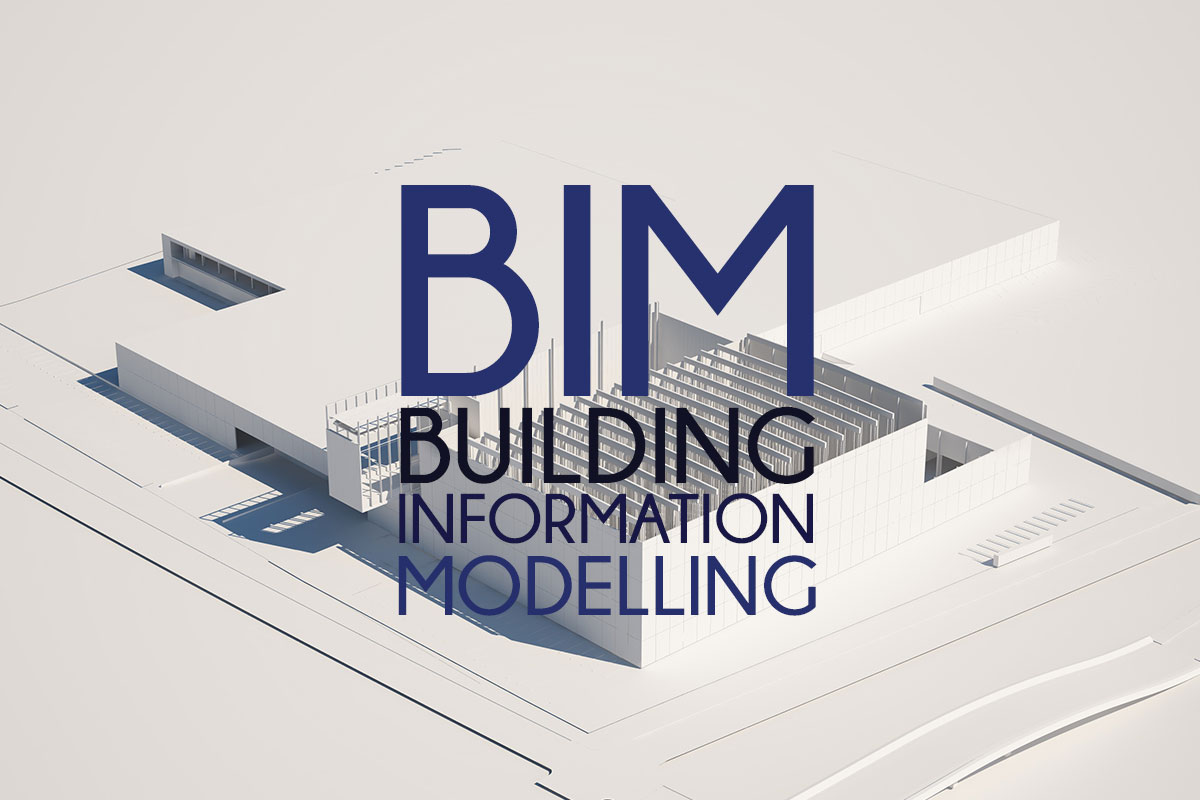

Building & Construction
What Does BIM Stand For In Construction
Modified: May 6, 2024
Discover what BIM stands for in the context of building construction and learn about the innovative tools and processes it offers for efficient project management.
(Many of the links in this article redirect to a specific reviewed product. Your purchase of these products through affiliate links helps to generate commission for Storables.com, at no extra cost. Learn more)
Introduction
In today’s rapidly evolving construction industry, the integration of technology has become paramount for efficiency and success. One such technological advancement that has revolutionized the construction process is Building Information Modeling (BIM). BIM has emerged as a game-changer, transforming how buildings are designed, constructed, and managed throughout their entire lifecycle.
Building Information Modeling, often abbreviated as BIM, is a highly collaborative process that allows architects, engineers, contractors, and other stakeholders to create and manage digital representations of a building’s physical and functional characteristics. It goes beyond traditional 2D drafting, providing a platform for 3D modeling, data integration, and real-time project collaboration. BIM encompasses software tools, methodologies, and technologies that enable seamless communication and coordination among project teams.
BIM is not just a static digital representation of a building; it is a dynamic and intelligent model that holds a vast amount of information about various building elements and systems. This information can include dimensions, materials, quantities, costs, and performance data. The beauty of BIM lies in its ability to capture and organize this data, allowing project stakeholders to explore different design options, analyze potential problems, and make informed decisions throughout the construction process.
Nowadays, BIM has become a standard practice in the construction industry, with many governments and organizations mandating its use on large-scale projects. Its adoption has been fueled by the multitude of benefits it offers, ranging from improved project coordination and cost savings to enhanced productivity and reduced risk of errors and conflicts.
In this article, we will delve into the intricacies of BIM in construction, exploring its significance, advantages, implementation challenges, and future prospects. By the end, you will have a profound understanding of how BIM is reshaping construction practices and why it has become an indispensable tool for industry professionals.
Key Takeaways:
- BIM revolutionizes construction by enhancing collaboration, reducing errors, and optimizing costs. Its future trends, including IoT integration and AI, promise even more efficient and sustainable building practices.
- While BIM offers immense benefits, its implementation comes with challenges like cost, resistance to change, and data management complexities. Overcoming these hurdles requires commitment and proper planning.
Read more: What Does SD Stand For In Construction
Definition of BIM
Building Information Modeling (BIM) is a digital representation of a building’s physical and functional characteristics. It encompasses the creation, management, and sharing of all information related to a construction project. BIM provides a comprehensive and collaborative platform for architects, engineers, contractors, and other stakeholders to work together seamlessly.
At its core, BIM is a process that involves creating intelligent 3D models of a building and populating them with relevant data. These models serve as a virtual prototype that can be visualized, analyzed, and modified throughout the project lifecycle. BIM goes beyond static drawings and incorporates information about a building’s components, systems, materials, and performance.
BIM allows project teams to work in a coordinated manner by enabling the integration of multiple disciplines and trades. It facilitates effective communication and collaboration through shared access to the same information-rich model. Changes made by one team member are instantly reflected in the model, ensuring that all stakeholders are working with the most up-to-date information.
The data within a BIM model can range from simple geometric dimensions to complex specifications, costs, schedules, and maintenance information. This level of detail and intelligence enables the simulation and analysis of various scenarios, such as energy performance, structural integrity, clash detection, and constructability. BIM also facilitates the identification of potential issues and conflicts early in the project timeline, reducing the likelihood of expensive rework and delays.
BIM is not limited to just the design and construction phase of a project. It extends into the entire lifecycle of a building, including maintenance and operations. The information captured in the BIM model can be used for facility management, incorporating maintenance schedules, equipment information, and embedded sensors for real-time monitoring. This integration of data throughout the building’s lifecycle enables better decision-making, cost optimization, and improved sustainability.
In summary, Building Information Modeling is a collaborative and information-driven process that revolutionizes the way buildings are designed, constructed, and managed. It utilizes intelligent 3D models to foster coordination, enhance communication, reduce errors, and improve project outcomes. The adoption and utilization of BIM have become essential for construction professionals looking to stay competitive in today’s digital age.
Importance of BIM in Construction
Building Information Modeling (BIM) has become increasingly important in the construction industry due to its ability to streamline processes, enhance collaboration, and improve project outcomes. Here are some key reasons why BIM is crucial in construction:
- Improved project coordination: BIM allows all project stakeholders to work from one centralized model, ensuring everyone is on the same page. This leads to better coordination and integration of different disciplines, reducing clashes and conflicts during construction.
- Enhanced visualization and communication: BIM provides a visual representation of the building, allowing stakeholders to better understand the design and make informed decisions. It simplifies communication by presenting complex information in a more digestible format, fostering effective collaboration.
- Efficiency and time savings: BIM enables the creation of accurate and detailed schedules, improving project planning and sequencing. It also facilitates the identification of potential clashes and constructability issues early in the design phase, minimizing delays and rework down the line.
- Cost optimization: BIM’s ability to analyze and simulate different scenarios helps identify cost-saving opportunities. It can evaluate energy efficiency, material quantities, and construction methods, allowing project teams to make informed decisions that reduce waste and optimize costs.
- Reduced risk of errors and conflicts: BIM enables clash detection, allowing potential clashes between different building elements to be identified and resolved in the virtual environment. This reduces the likelihood of errors and conflicts during construction, saving time and resources.
- Improved sustainability: BIM can analyze energy consumption, carbon emissions, and environmental impact. This data allows project teams to design and construct buildings that are more sustainable, meeting green building standards and reducing their environmental footprint.
- Facility management and maintenance: BIM’s data-rich model can be leveraged for facility management and maintenance purposes. It provides crucial information about equipment, maintenance requirements, and life cycles, ensuring efficient building operations and reducing downtime.
Overall, BIM plays a pivotal role in construction by fostering collaboration, improving communication, enhancing efficiency, and reducing risks. Its implementation leads to better project outcomes, cost savings, and sustainable construction practices. As the industry continues to evolve, the importance of BIM will only grow, making it a must-have tool for construction professionals looking to thrive in a competitive market.
Benefits of BIM in Construction
Building Information Modeling (BIM) offers a wide range of benefits for the construction industry. From improved project outcomes to enhanced collaboration, BIM has revolutionized the way buildings are designed, constructed, and managed. Here are some key benefits of implementing BIM in construction projects:
- Enhanced collaboration and communication: BIM creates a collaborative platform where project stakeholders can work together in real-time, accessing and contributing to a single source of truth. This improves communication, reduces misunderstandings, and ensures that all parties are aligned.
- Efficient project planning and scheduling: BIM allows for accurate and detailed project planning and scheduling. It helps identify potential clashes, optimize sequences, and create realistic timelines. This leads to better resource allocation, improved productivity, and reduced delays.
- Increased accuracy and reduced errors: With BIM, project teams can create accurate 3D models that incorporate real-world data. This helps in visualizing the final product and reduces the chances of errors and conflicts during the construction process. Clash detection tools in BIM software identify clashes and collisions early, allowing for prompt resolution.
- Better cost control and optimization: BIM enables accurate quantity take-offs, cost estimation, and cost optimization. It helps identify potential cost-saving measures through analysis and simulation. This leads to better budget management, reduced waste, and optimized resource allocation.
- Improved sustainability: BIM enables the evaluation of energy efficiency, carbon emissions, and environmental impact of a building. It helps in making informed decisions regarding sustainable design and construction practices. BIM also facilitates the integration of renewable energy systems and innovative green building technologies.
- Increased productivity and reduced rework: BIM allows for streamlined workflows and improved coordination among project teams. It reduces the chances of rework by identifying clashes and constructability issues in the virtual environment. This leads to increased productivity, cost savings, and improved project quality.
- Improved facility management and maintenance: BIM models contain valuable information about building components, equipment, and maintenance requirements. This information can be leveraged for facility management and maintenance purposes, ensuring smooth building operations and reducing downtime.
- Effective client communication and visualization: BIM provides a visual representation of the building, allowing clients to better understand the design and make informed decisions. It helps bridge the gap between technical jargon and client expectations, fostering effective communication and client satisfaction.
In summary, BIM offers numerous benefits that improve project outcomes, enhance collaboration, increase accuracy, and optimize costs in construction projects. Its impact extends beyond the construction phase, enabling efficient facility management and maintenance. With its ability to streamline processes and improve communication, BIM has become an indispensable tool for construction professionals aiming for success in today’s competitive industry.
BIM stands for Building Information Modeling in construction. It is a digital representation of the physical and functional characteristics of a building, which can be used for design, construction, and operation.
BIM Implementation in Construction Projects
Implementing Building Information Modeling (BIM) in construction projects involves a systematic approach that encompasses various stages. Here is a step-by-step guide to BIM implementation in construction:
- Evaluate project requirements: Understand the project requirements, goals, and objectives. Identify the key stakeholders and define their roles and responsibilities. Determine the level of detail and complexity required for the BIM model.
- Choose the right software: Select the BIM software that aligns with the project requirements and the expertise of the project team. Consider factors such as interoperability, collaboration tools, and cost-effectiveness. Provide training and support to the team members to ensure proficiency in using the software.
- Develop a BIM execution plan (BEP): Create a comprehensive BIM execution plan that outlines the project’s BIM approach, workflows, and deliverables. Define the BIM standards, levels of development (LOD), and naming conventions to ensure consistency and coordination among all project stakeholders.
- Collaborate and coordinate: Foster collaboration among project stakeholders by establishing regular communication channels and conducting coordination meetings. Encourage a culture of sharing and open dialogue to ensure that information flows seamlessly between team members. Establish protocols for exchanging and updating information within the BIM model.
- Create the BIM model: Develop the BIM model by creating intelligent 3D representations of the building components. Populate the model with relevant data, such as dimensions, material specifications, and performance attributes. Ensure that the model is structured and organized for ease of navigation and analysis.
- Coordinate clash detection: Utilize clash detection tools within the BIM software to identify clashes and conflicts between various building elements. Resolve these issues in the virtual environment before they translate into costly rework during construction.
- Monitor and update the BIM model: Continuously monitor the BIM model throughout the project lifecycle. Update the model as design changes occur or new information becomes available. Regularly conduct clash detection checks and address any issues promptly.
- Utilize BIM for construction management: Leverage the BIM model for construction management activities, such as scheduling, sequencing, and quantity take-offs. Utilize the data-rich model for material procurement, resource allocation, and cost estimation. Monitor project progress and compare it with the planned schedule using the BIM model.
- Integrate BIM in facility management: Hand over the BIM model to the facility management team for efficient building operations and maintenance. Utilize the model to manage equipment, monitor energy consumption, and schedule maintenance activities. Ensure that the BIM model contains relevant information for the long-term management of the facility.
Successful BIM implementation requires commitment from all project stakeholders, effective collaboration, and adherence to the BIM execution plan. It offers immense benefits throughout the project lifecycle, from design and construction to facility management. By following a structured approach and leveraging the power of BIM technology, construction projects can achieve improved coordination, enhanced communication, and optimized project outcomes.
Read more: What Does PR Stand For In Construction
Challenges in Implementing BIM in Construction
While Building Information Modeling (BIM) offers numerous benefits for construction projects, its implementation can come with several challenges. Here are some common challenges that organizations may encounter when implementing BIM in construction:
- Cost of technology and training: Implementing BIM requires investment in software licenses, hardware, and training. The initial costs can be a barrier, especially for smaller organizations with limited budgets. Additionally, the training and upskilling of personnel to effectively use BIM software can be time-consuming and expensive.
- Lack of standardized processes: BIM implementation may face challenges due to the lack of standardized processes within the construction industry. Each organization may have different workflows and naming conventions, making coordination and collaboration among project stakeholders more difficult.
- Resistance to change: Introducing BIM requires a cultural shift within organizations. Resistance to change can come from team members who are comfortable with traditional methods or skeptical about the benefits of BIM. Overcoming this resistance and promoting buy-in from all stakeholders can be a considerable challenge.
- Interoperability issues: BIM relies on the exchange and integration of data between different software applications used by various project stakeholders. Interoperability challenges can arise when different software platforms do not seamlessly communicate or share information. This can lead to errors, loss of data, and communication gaps.
- Data management and quality control: BIM requires accurate and up-to-date data to be effective. Managing data from multiple sources can be challenging, and ensuring data consistency, integrity, and quality can be complex. Data entry errors or outdated information can affect the accuracy of the BIM model and its downstream applications.
- Legal and contractual challenges: Traditional contractual arrangements may not address the unique requirements of BIM implementation. Issues related to intellectual property rights, liability, and ownership of the BIM model can arise. Additional legal considerations and contract amendments may be necessary to address these challenges.
- Education and awareness: Lack of awareness and understanding of BIM among project stakeholders can hinder its successful implementation. It is crucial to provide education and training about the benefits and usage of BIM to ensure that all team members are on the same page and can fully leverage its capabilities.
- Project size and complexity: Implementing BIM in large-scale and complex projects poses unique challenges. Coordinating and integrating a vast amount of data and managing numerous project stakeholders can be daunting. Scaling up the implementation of BIM for such projects requires meticulous planning and effective project management strategies.
While these challenges may seem daunting, they can be overcome with proper planning, training, and collaboration. Addressing these challenges requires a proactive and holistic approach, ensuring that all project stakeholders are aligned and committed to the successful implementation of BIM in construction projects.
Future of BIM in Construction
Building Information Modeling (BIM) has already made a significant impact on the construction industry, revolutionizing the way buildings are designed, constructed, and managed. As technology continues to advance and construction practices evolve, the future of BIM looks promising. Here are some key trends that will shape the future of BIM in construction:
- Increased adoption: BIM is expected to become the industry standard, with its adoption becoming more widespread across construction projects of all sizes. Governments and regulatory bodies are already mandating the use of BIM on public infrastructure projects, further driving its adoption.
- Integration of IoT and sensor technology: The integration of BIM with Internet of Things (IoT) devices and sensor technology will enable real-time monitoring and data collection during the building’s lifecycle. Sensors embedded in structures will provide valuable insights into energy usage, occupancy patterns, and maintenance requirements, allowing for more efficient building operations.
- Virtual and augmented reality: BIM models will be increasingly visualized through virtual and augmented reality technologies, providing stakeholders with immersive and interactive experiences. This will improve design visualization, construction planning, and client presentations, facilitating better decision-making and enhancing project outcomes.
- Artificial Intelligence and machine learning: BIM will leverage the power of Artificial Intelligence (AI) and machine learning algorithms to analyze vast amounts of data and identify patterns. This will enable better prediction of construction outcomes, simulation of various scenarios, and identification of opportunities for optimization and cost reduction.
- Cloud-based collaboration: Collaboration and data-sharing will be further enhanced through cloud-based platforms. This will allow project teams to access and update the BIM model in real-time from different locations and devices. Cloud solutions will improve project coordination, minimize version control issues, and enhance communication among stakeholders.
- Generative design and parametric modeling: BIM tools will evolve to include more advanced generative design capabilities and parametric modeling. These features will automate the exploration of design alternatives, optimize building performance, and facilitate quicker decision-making, resulting in more innovative and sustainable designs.
- BIM for off-site construction and prefabrication: BIM will play a vital role in off-site construction and prefabrication processes. Modular construction techniques will benefit from BIM’s ability to coordinate and integrate various prefabricated components, ensuring accuracy and efficiency in assembly on-site.
- Enhanced facility management and asset tracking: BIM will continue to be utilized for facility management and asset tracking. Integration with Building Management Systems (BMS) and Internet of Things (IoT) devices will enable real-time monitoring of building performance, predictive maintenance, and optimized operations.
These trends indicate a promising future for BIM in construction, empowering project teams with advanced technologies and data-driven decision-making processes. BIM will continue to drive improvements in project coordination, collaboration, and efficiency, resulting in better-designed buildings, reduced costs, and enhanced sustainability. As technology continues to evolve, the possibilities for BIM in construction are endless, promising an exciting future for the industry.
Conclusion
Building Information Modeling (BIM) has transformed the construction industry, revolutionizing the way buildings are designed, constructed, and managed. It offers a collaborative and information-driven platform that enhances project coordination, improves communication, and reduces errors and conflicts. The benefits of implementing BIM in construction projects are vast, ranging from improved project outcomes and cost optimization to enhanced sustainability and facility management.
BIM enables project teams to work in a coordinated manner, seamlessly integrating multiple disciplines and trades. It provides a visual representation of the building, facilitating effective communication and stakeholder engagement. The clash detection features of BIM help identify and resolve conflicts early, reducing the chances of rework and delays during construction.
The future of BIM in construction looks promising, with advancements in technology such as virtual reality, artificial intelligence, IoT integration, and cloud-based collaboration. These advancements will further enhance the capabilities of BIM, enabling better decision-making, simulation, and analysis throughout the project lifecycle.
However, implementing BIM in construction projects comes with its own set of challenges, including costs, interoperability issues, resistance to change, and data management complexities. Overcoming these challenges requires commitment, proper planning, and education.
In conclusion, the adoption of BIM has become essential for construction professionals aiming to stay competitive in today’s digital age. Its ability to improve project coordination, enhance collaboration, and streamline processes makes it indispensable in achieving successful construction outcomes. As the industry continues to evolve, the use of BIM will only grow, leading to more efficient, sustainable, and innovative construction practices. Embracing BIM will not only bring immediate benefits to construction projects but also empower the industry as a whole to build smarter and better for the future.
Curious about who orchestrates the complexities of BIM or how today's technology transforms traditional building methods? Delving further into the roles pivotal to BIM's success, discover what a BIM coordinator does, handling vital tasks in BIM coordination. For those fascinated by the merger of tech and construction, understanding digital construction reveals how modern projects achieve remarkable efficiency and accuracy. Both articles offer insights into the evolving landscape of building and technology—perfect for anyone eager to understand the future of construction.
Frequently Asked Questions about What Does BIM Stand For In Construction
Was this page helpful?
At Storables.com, we guarantee accurate and reliable information. Our content, validated by Expert Board Contributors, is crafted following stringent Editorial Policies. We're committed to providing you with well-researched, expert-backed insights for all your informational needs.
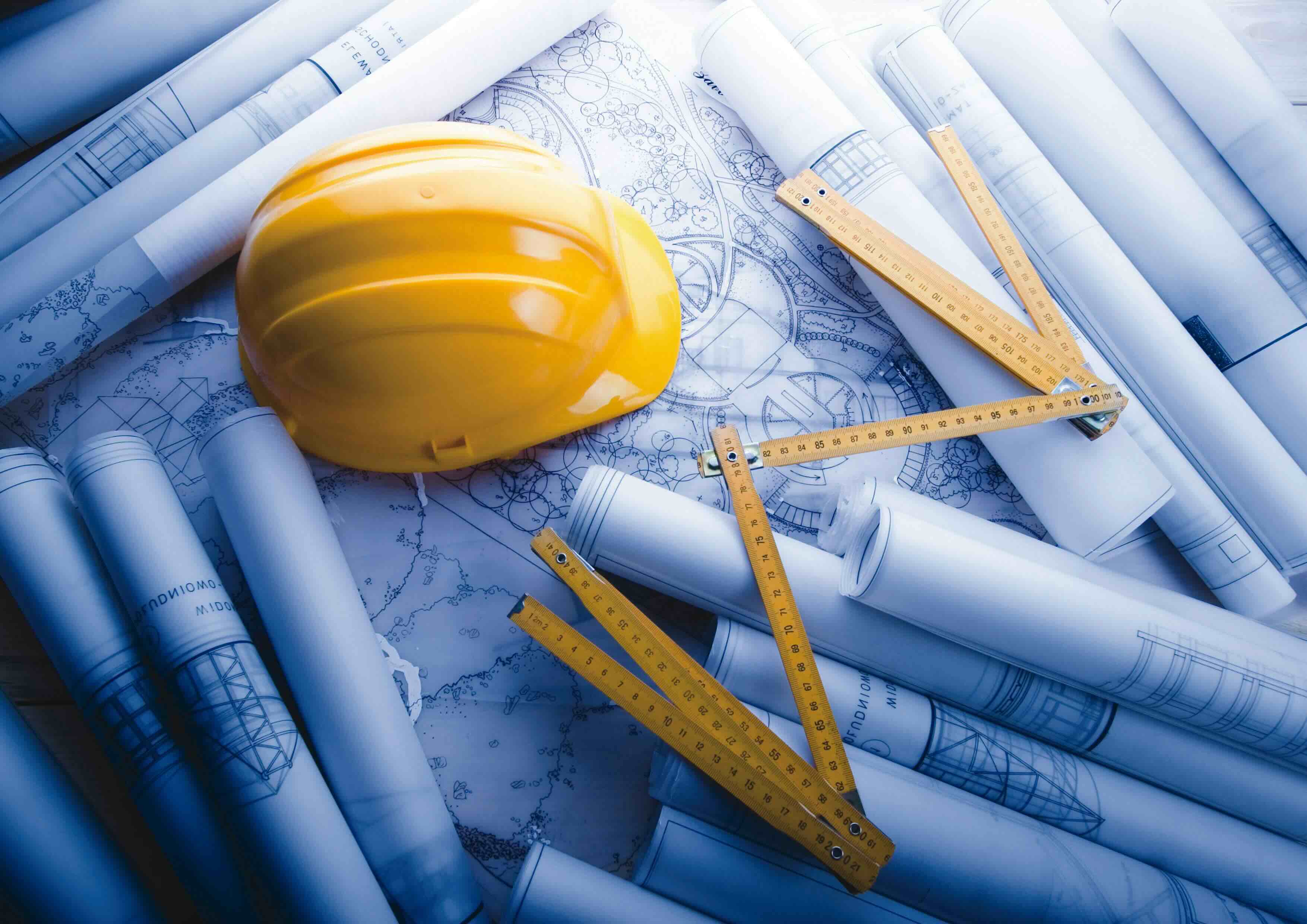
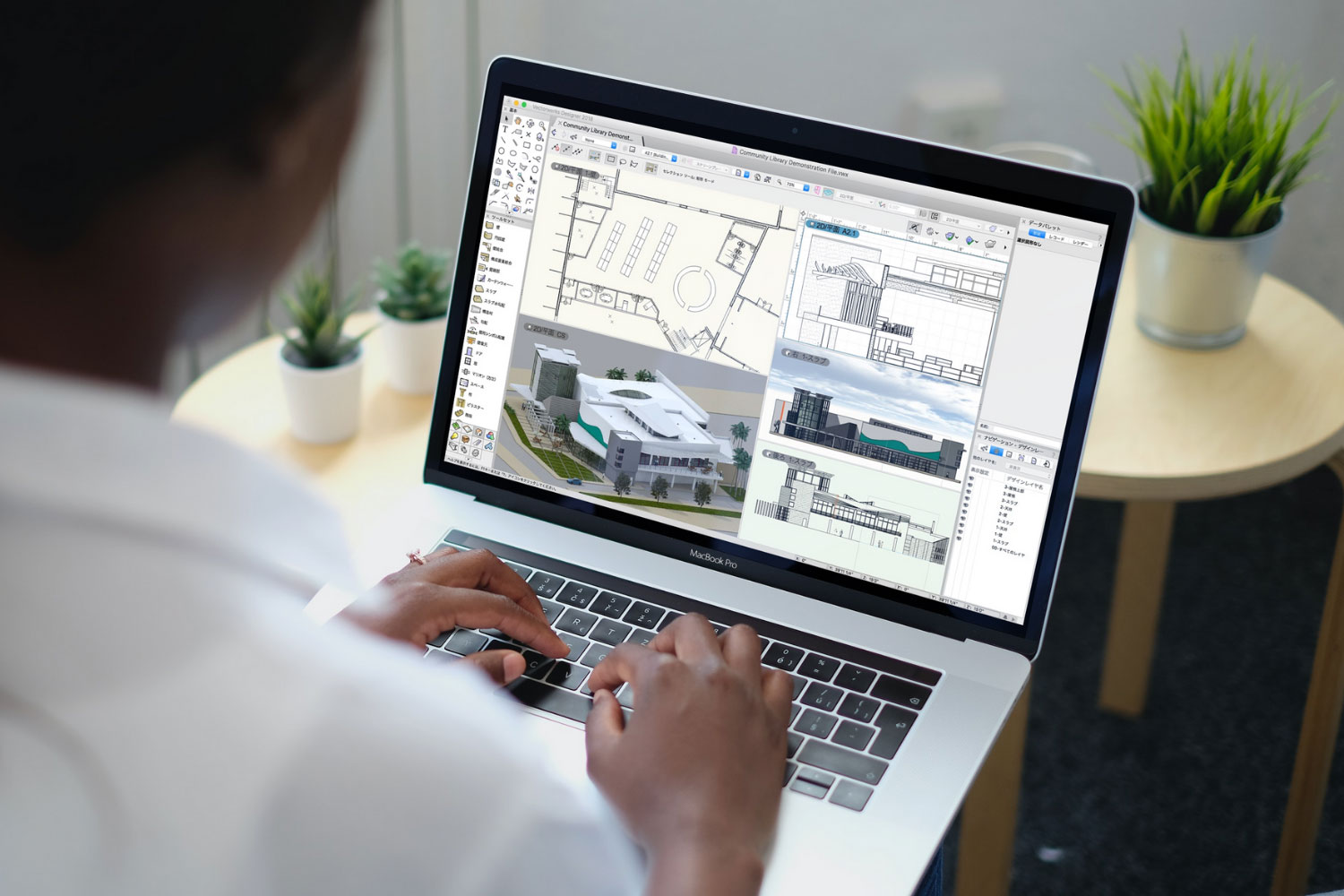
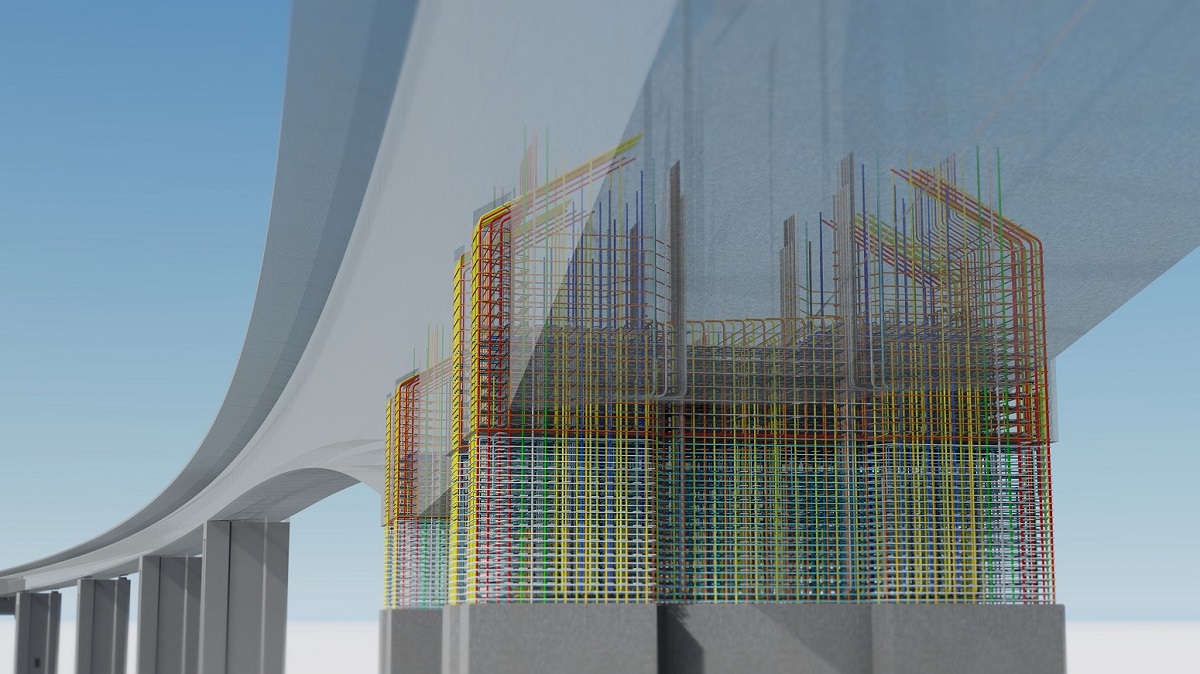
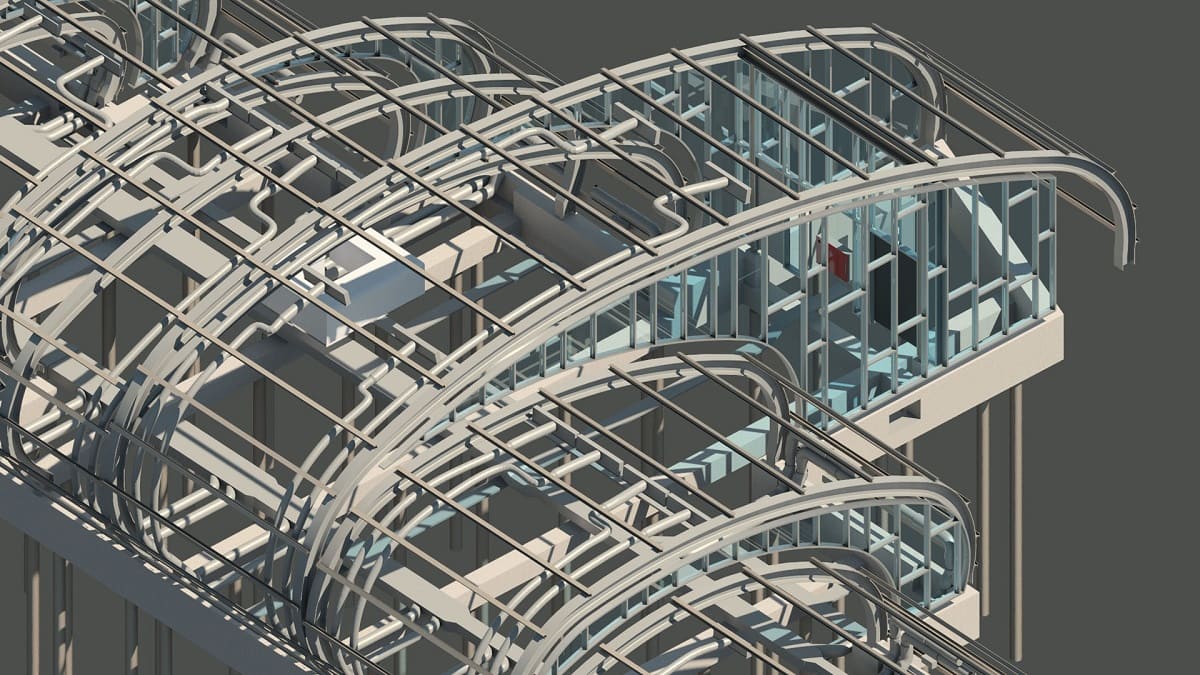
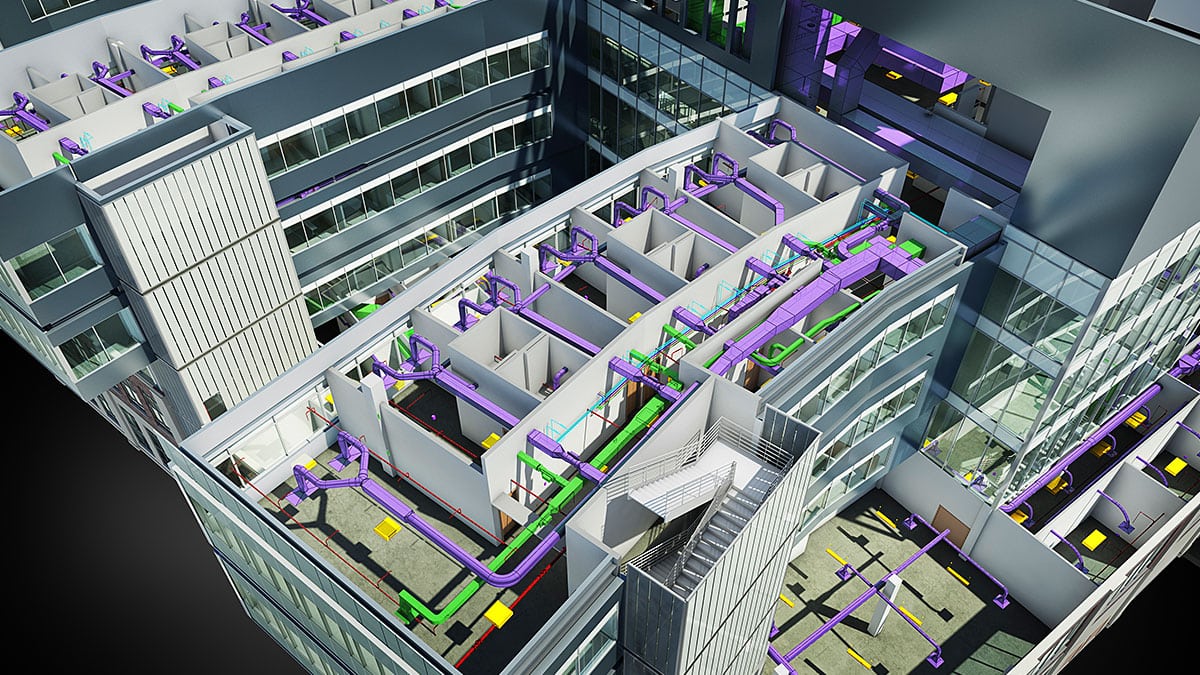
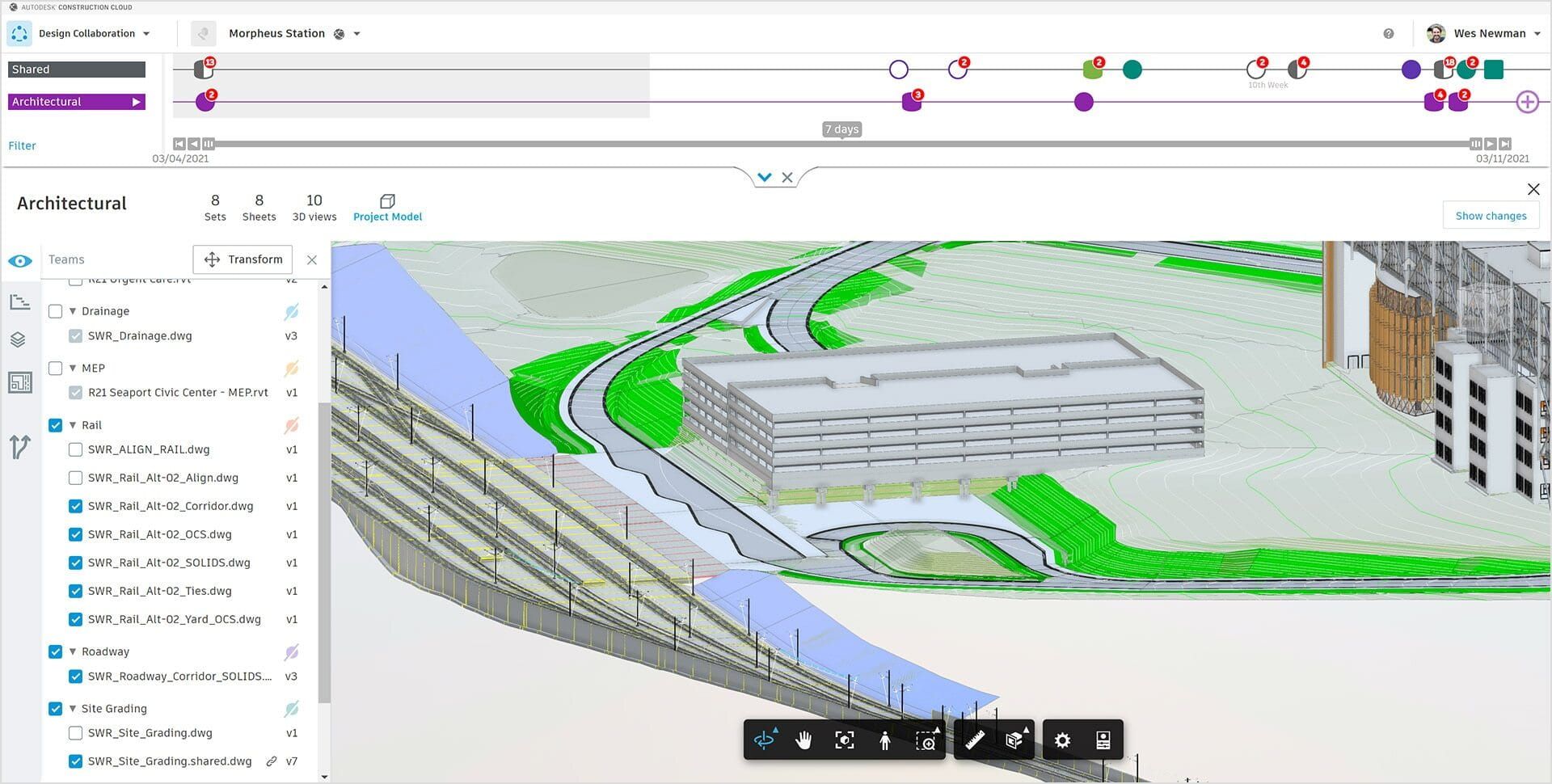


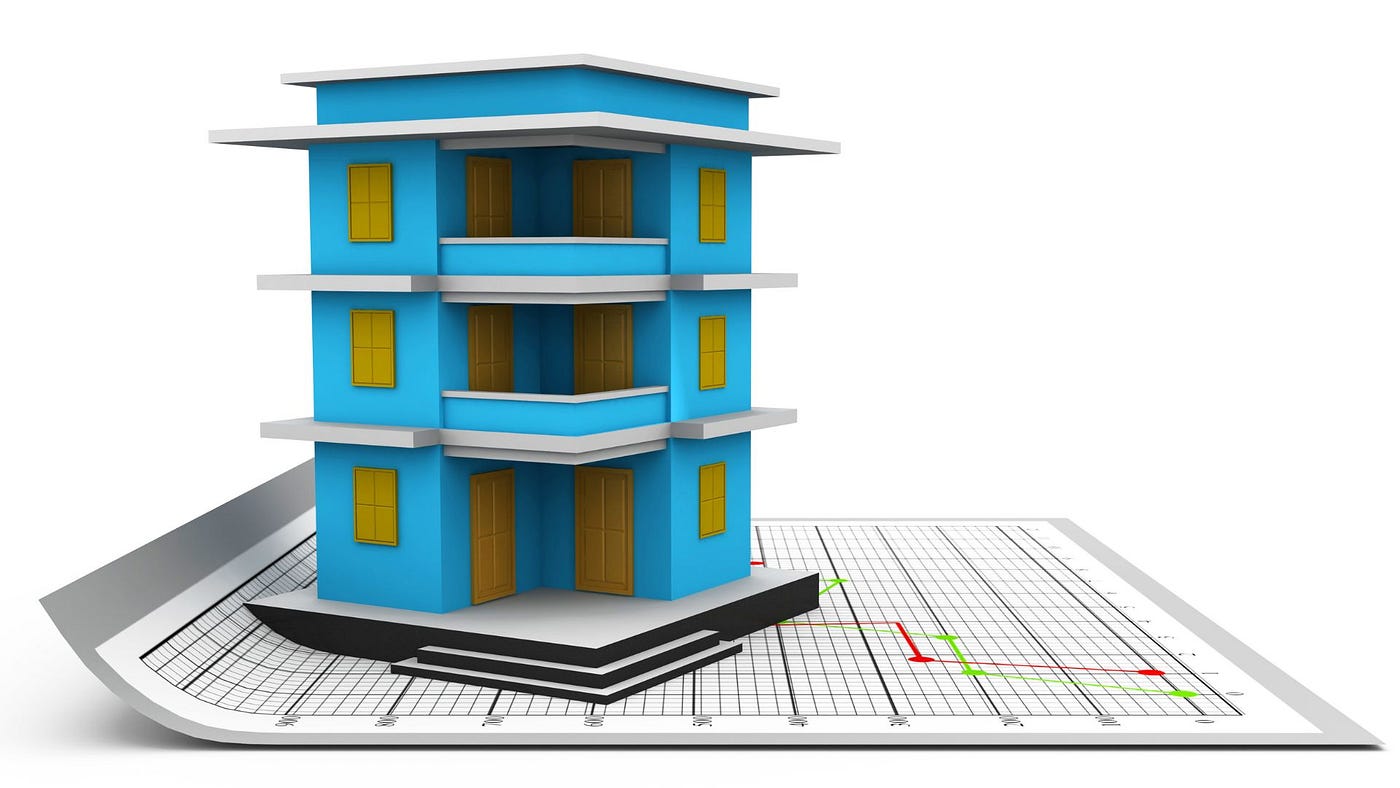
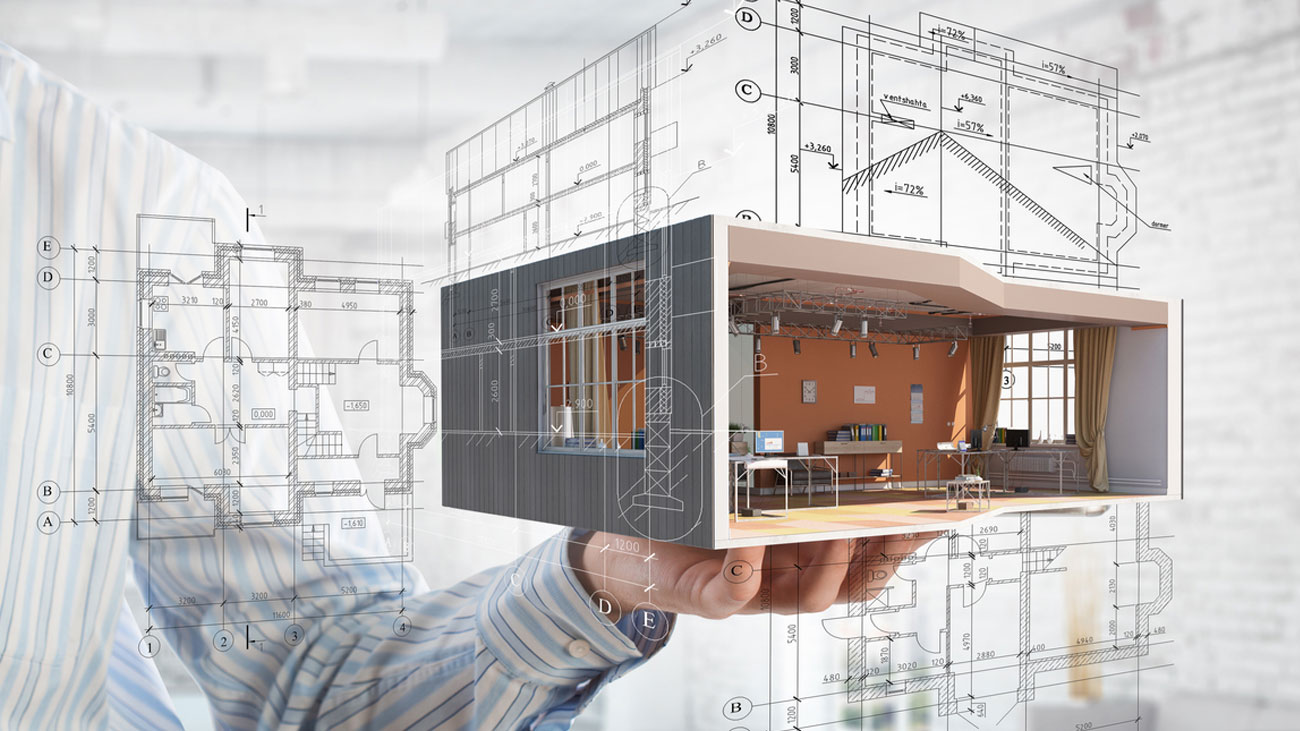
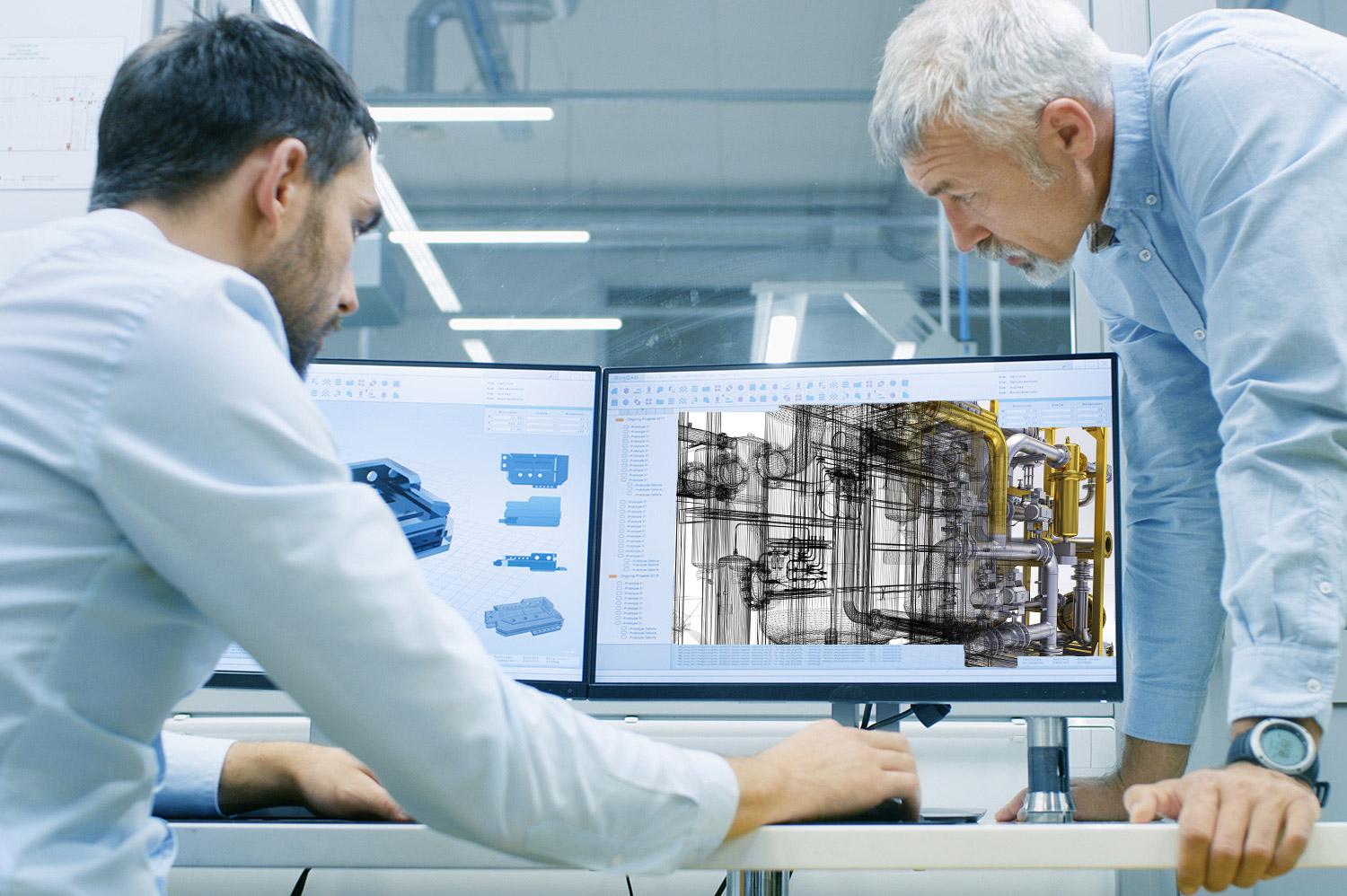
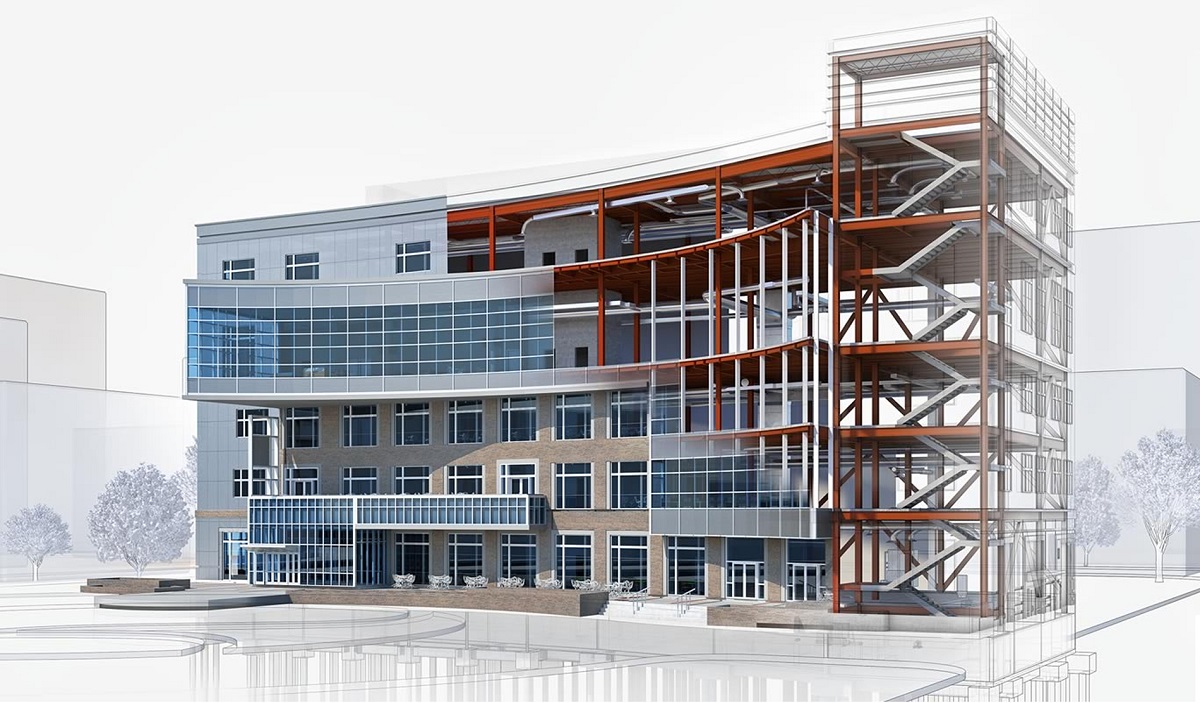
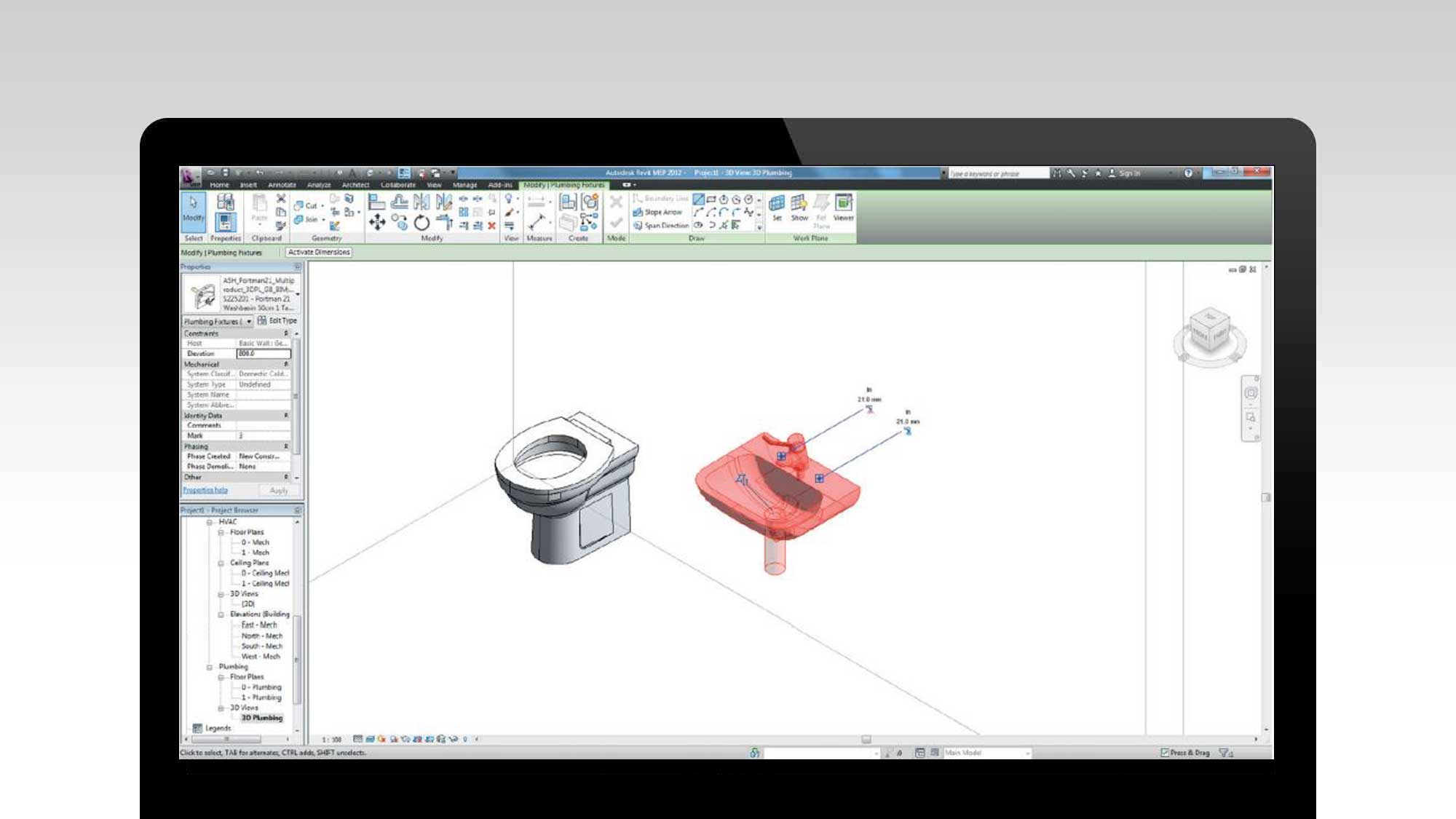


0 thoughts on “What Does BIM Stand For In Construction”